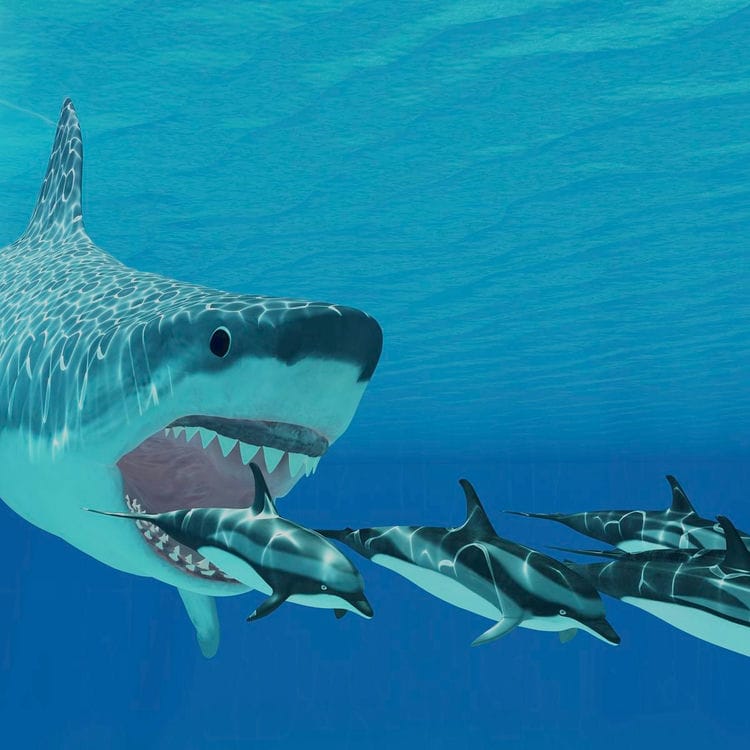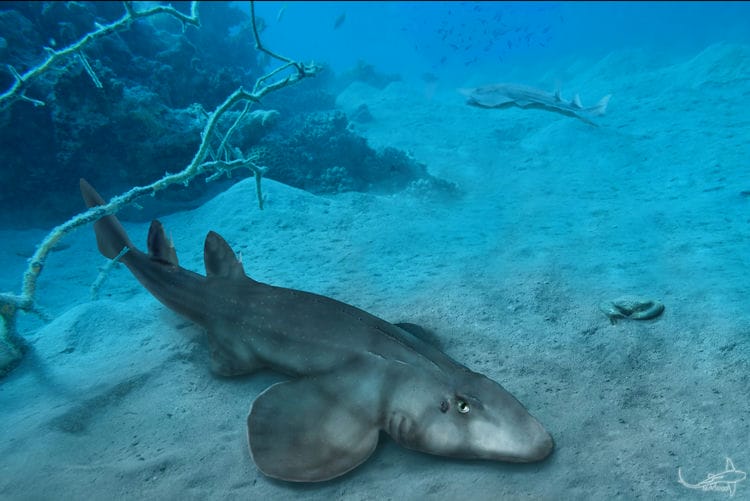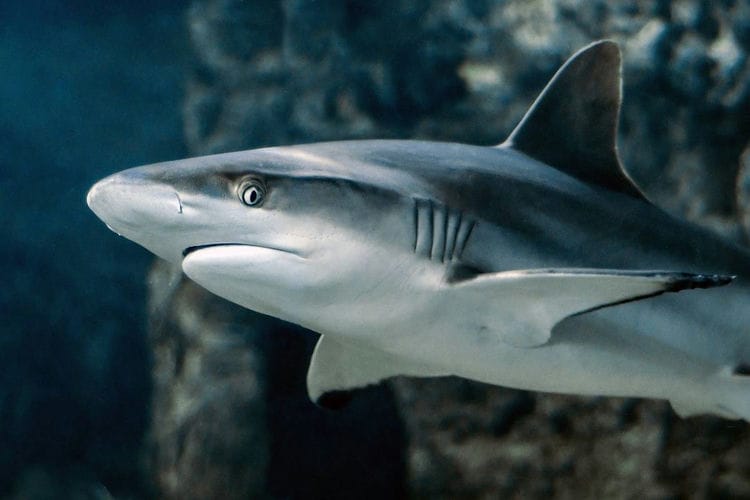MOVIE & LIFESTYLE NEWS
Did Sharks Exist Before Trees? A Journey into the History of Life on Earth
When we think of ancient Earth, our minds often wander to dinosaurs and lush, prehistoric forests. But there’s an astonishing fact that might surprise you: sharks, those sleek predators of the ocean. Did Sharks Exist Before Trees? Let’s dive into this intriguing topic and explore the timeline of these ancient creatures with AlibayTrendy Store now.
The Origins of Sharks
Sharks are among the most ancient groups of vertebrates that have ever lived on Earth. Their lineage extends back more than 400 million years, all the way to the Silurian Period.

This was a fascinating time in Earth’s history when the seas were the primary domain of life, teeming with a variety of marine organisms. At this point, vertebrates—animals with backbones—were just beginning to emerge and diversify. In this evolving marine environment, sharks made their first appearance, and they quickly became formidable predators.
One key feature that set sharks apart was their cartilaginous skeletons. Unlike bony fish, whose skeletons are composed of rigid bone tissue, sharks have skeletons made of cartilage—a more flexible and lighter material.
This unique structure allows sharks to be highly agile and swift in the water. Additionally, their teeth were powerful and sharp, designed for efficient hunting and feeding. These characteristics helped sharks become some of the earliest and most successful predators in the seas, a role they have maintained over the course of hundreds of millions of years.
The Emergence of Trees
Trees, on the other hand, made their debut much later in Earth’s history. The first trees appeared approximately 385 million years ago during the Devonian Period. At this point, land-based life was starting to flourish, and plants were evolving rapidly to adapt to terrestrial environments. These early trees were quite different from the towering giants we know today. They had simpler structures, often with a smaller canopy and less extensive root systems.

Despite their simpler form, the emergence of trees marked a significant turning point in the evolution of life on Earth. Trees contributed to the development of complex land-based ecosystems by providing habitats and food sources for various organisms.
Additionally, they played a critical role in shaping the planet’s atmosphere and climate. As trees grew and spread, they absorbed carbon dioxide—a greenhouse gas—and released oxygen through photosynthesis.
This process had a profound impact on Earth’s atmosphere, ultimately leading to an environment that could support more diverse and complex life forms. By stabilizing soil and reducing erosion, trees also helped create the fertile land that would eventually support forests, grasslands, and other terrestrial ecosystems.
Did Sharks Exist Before Trees?
The fact that sharks predate trees by about 15 million years is a testament to the remarkable evolutionary journey of these ancient marine predators. While the world was undergoing dramatic changes, including the gradual colonization of land by plants and other organisms, sharks were already prowling the oceans, showcasing their adaptability and resilience.

This substantial gap in their emergence underscores how sharks, as a group, have weathered significant environmental shifts over the millennia. In this context, the evolutionary history of sharks is fascinating.
During the 15 million years between the first appearance of sharks and the emergence of trees, the planet underwent a transformation. Geological events reshaped the continents, sea levels fluctuated, and new life forms evolved and became extinct. Yet, through it all, sharks continued to thrive.
Their presence across such a wide span of Earth’s history highlights their ability to adapt to changing conditions and survive where other species could not. The fact that sharks predate trees by about 15 million years is a testament to the remarkable evolutionary journey of these ancient marine predators.
While the world was undergoing dramatic changes, including the gradual colonization of land by plants and other organisms, sharks were already prowling the oceans, showcasing their adaptability and resilience. This substantial gap in their emergence underscores how sharks, as a group, have weathered significant environmental shifts over the millennia.
In this context, the evolutionary history of sharks is fascinating. During the 15 million years between the first appearance of sharks and the emergence of trees, the planet underwent a transformation.
Geological events reshaped the continents, sea levels fluctuated, and new life forms evolved and became extinct. Yet, through it all, sharks continued to thrive. Their presence across such a wide span of Earth’s history highlights their ability to adapt to changing conditions and survive where other species could not.
Why Did Sharks Outlast Trees?
The longevity and resilience of sharks can be attributed to several unique traits that have made them successful over millions of years. One of the most critical factors is their adaptability. Sharks come in various shapes and sizes, inhabiting a wide range of oceanic environments, from shallow coastal waters to the deep sea. This diversity has allowed them to survive in different ecological niches and weather environmental changes.

Another key factor is their cartilaginous skeletons. Unlike bony fish, sharks’ skeletons are made of cartilage, which is lightweight yet strong. This unique structure provides them with the agility and speed needed to hunt effectively in the water. Additionally, sharks possess a keen sense of smell and acute vision, allowing them to detect prey from a distance and navigate their surroundings with precision. These sensory adaptations make them highly effective hunters.
Furthermore, sharks have a robust reproductive system that contributes to their long-term survival. Many shark species exhibit internal fertilization, which offers better protection to developing embryos. Some species give birth to live young, while others lay eggs that are well-protected.
This reproductive flexibility has helped sharks maintain their presence in Earth’s oceans for hundreds of millions of years, allowing them to outlast many other species, including the early trees that eventually transformed Earth’s landscape.
In summary, sharks existed long before trees, making them one of the oldest living groups of vertebrates on Earth. Their resilience and adaptability have allowed them to thrive through millennia, outlasting many other species and inspiring a sense of awe and respect.
If you’re fascinated by the rich history of sharks and want to showcase your admiration, check out the exclusive collection of shark Hawaiian shirts at AlibayTrendy Store. Our stylish designs capture the spirit of these incredible creatures and are perfect for any shark enthusiast. Dive into our collection today and find the perfect shirt to make a statement! Visit AlibayTrendy Store to explore our latest styles and embrace the timeless allure of sharks.
